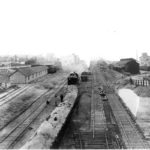
Brandon CPR yard a snapshot of history
Close examination of this photo reveals much of early life in the Wheat City

The Peter and Duncan Henderson outfit
These early Boissevain-area settlers were noted threshermen of their day
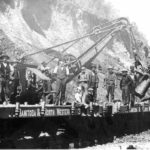
The Manitoba and North Western Railway
The now-forgotten railway was one of the region’s ‘colonization railways’
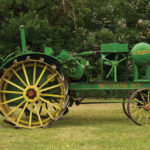
The Waterloo Boy Model N tractor
This tractor company pioneered the use of gasoline engines

John Deere during the pioneer days in Manitoba
Deere’s Prairie distribution was performed by a local company in the early years of the wheat boom
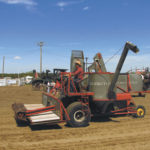
Manitoba’s golden years for agriculture
Canada 150: The two decades following the Second World War saw massive changes to Manitoba farms, and the following years those changes continued unabated
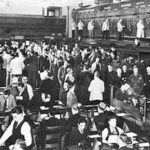
Between the wars
Canada 150: A postwar bust, political activism, the Great Depression and the formation of the Canadian Wheat Board marked the interwar years in Manitoba agriculture

Manitoba’s earliest agriculture
Canada 150: First Nations, fur traders and the Selkirk settlers all grew some of the earliest harvests in Manitoba
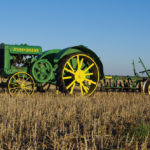
The John Deere ‘spoker’ Model D tractor
This tractor had an epic production run of nearly 30 years and is the first tractor of many farms

The Bergen Cut-Off
A long-abandoned rail bridge is one of the few remaining artifacts of a forgotten grain line

